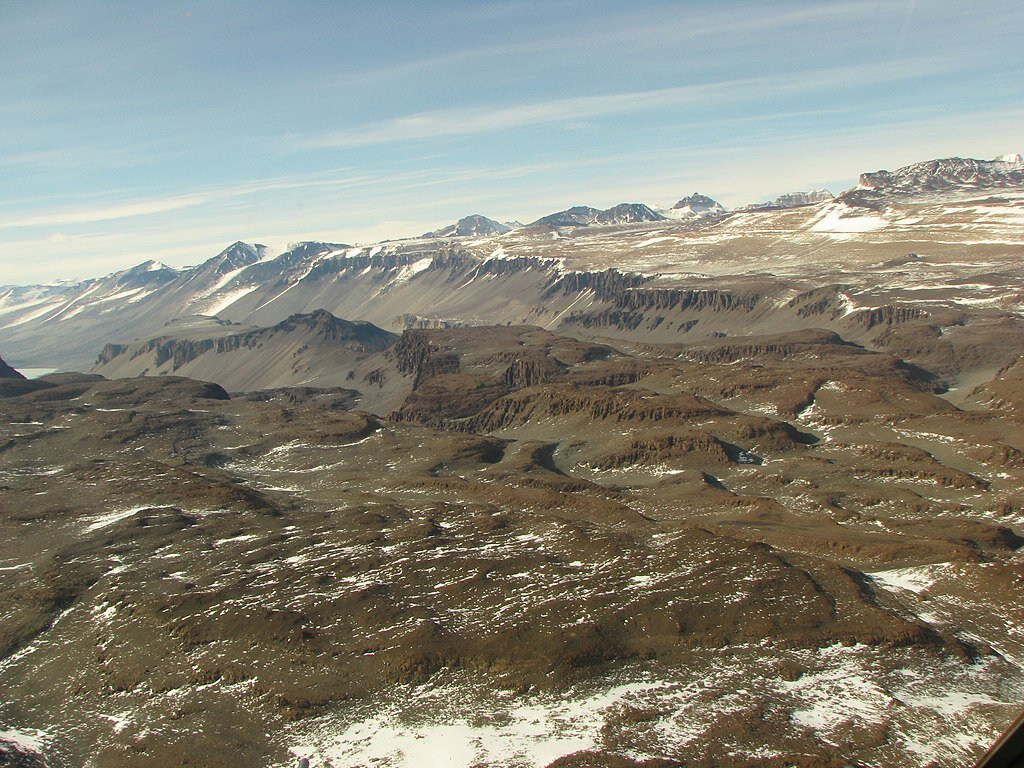Researchers have long been puzzled by the question of when the Dry Valleys of Antarctica were last wet. Dr. Marjolaine Verret, an adjunct lecturer at Te Herenga Waka—Victoria University of Wellington, may have finally found the answer. Previous data has shown that the mountains around the McMurdo Valleys held life until 14 million years ago, but Verret’s research provides evidence that liquid water, a requirement for life, persisted there for much longer, up to about six million years ago.
The McMurdo Dry Valleys’ Changing Climate
The high elevations of the McMurdo Dry Valleys are among the most inhospitable environments on Earth today. However, they were once warm and wet enough to support liverworts, mosses, and shrubby trees. In a paper published in Nature Geoscience, Dr. Verret explains how concentrations of beryllium-10 have enabled scientists to date the last time the Valleys held water. Meteoric beryllium-10 is formed in the upper atmosphere and delivered to the surface of the Earth through rain. The analysis of concentrations of this chemical in 64 samples collected from 10 different boreholes in the Dry Valleys shows that water infiltrated the ground until the late Miocene, much later than previously thought.
Previous studies suggest that the Dry Valleys began cooling during the Middle Miocene Climate Transition about 15 million years ago, with plant life disappearing entirely approximately one million years later. From that time onwards, it was thought that the high regions of the Dry Valleys remained permanently frozen and arid until the present day. However, Dr. Verret’s study provides evidence that the climate in the Valleys did not remain stable during this time. The Valleys shifted in intervals between a warm-wet climate and the dry polar aridity we recognize today.
Implications of the Findings
Determining when this landscape became arid is critical to our understanding of the response of glacial systems in Antarctica to changes in surface temperatures. The study’s findings imply that the McMurdo Dry Valleys are not a landscape frozen in time, and they are much more susceptible to climate change than previously anticipated. The samples used in Dr. Verret’s research were collected as part of the Friis Hills Drilling Project, led by the ARC’s Professors Richard Levy and Tim Naish, GNS Science, and supported by Antarctica NZ. The research is the result of significant long-term collaboration between GNS, Te Herenga Waka, and Antarctica NZ. The cores drilled on the summit of Friis Hills contain valuable insights into the past, and Dr. Verret’s findings underscore how the ongoing examination of these frozen rocks can help guide and inform our future. Science in Antarctica is all about collaboration, and as such, this finding adds an important piece to the complex puzzle about climate evolution in Antarctica.


Leave a Reply